This post contains affiliate links. Please see our disclosure policy.
Pineapple Skin Tea is made with pineapple peel and hibiscus leaves and is tart, sweet, and refreshing to serve chilled or hot. You can make this quick and easy recipe anytime you have pineapple scraps and enjoy it all week long.
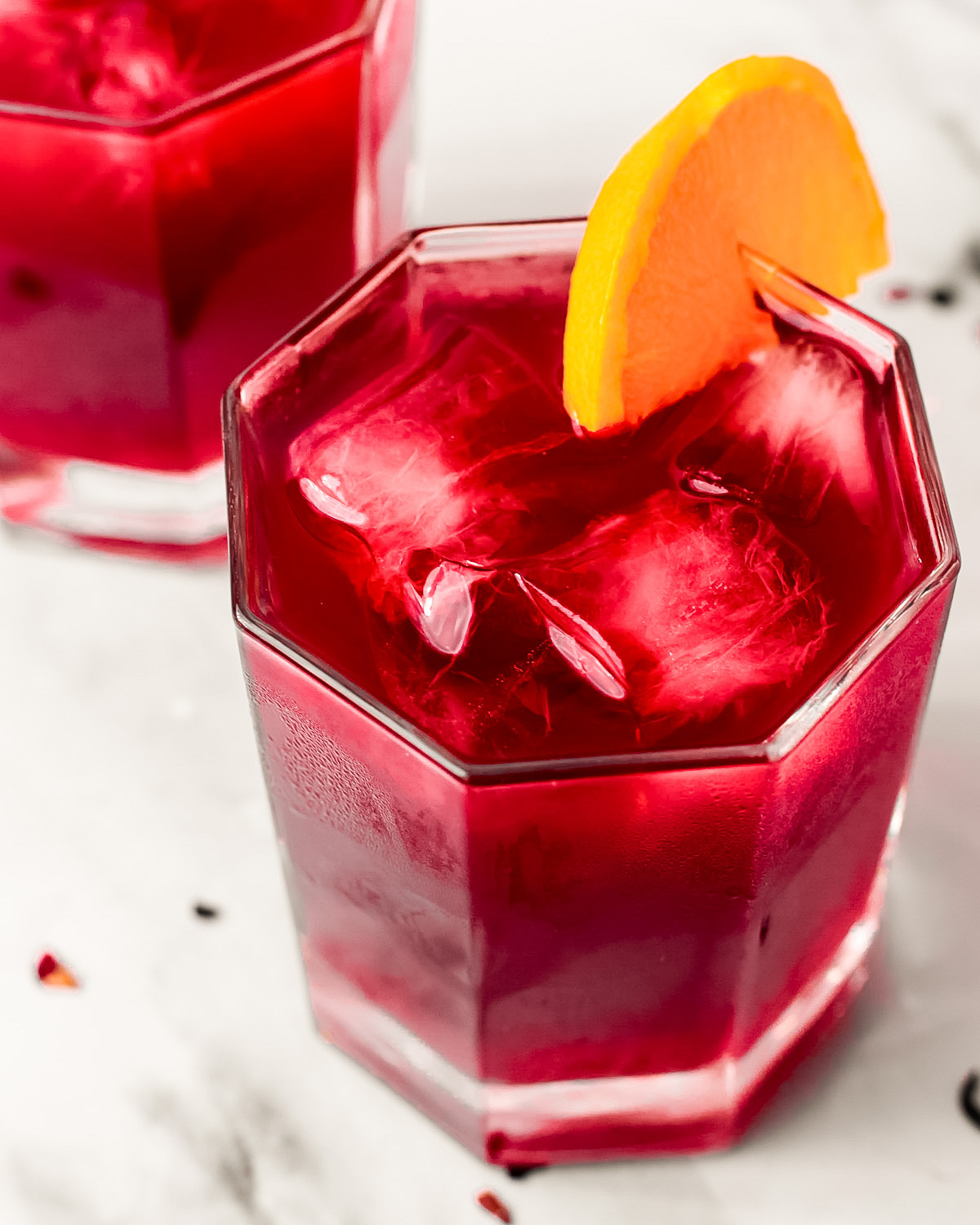
This recipe was originally published on March 15, 2023. It was updated with new recipe information on April 10, 2024.
This simple Pineapple Skin Tea recipe is a refreshing beverage perfect for enjoying hot or cold. This drink has become more popular due to the benefits of pineapple skin tea, and because of its light and sweet taste. Pineapple skin contains helpful digestive enzymes, is nutrient-dense, and has a high amount of vitamin C, magnesium, and micronutrients that can help boost your immunity (source).
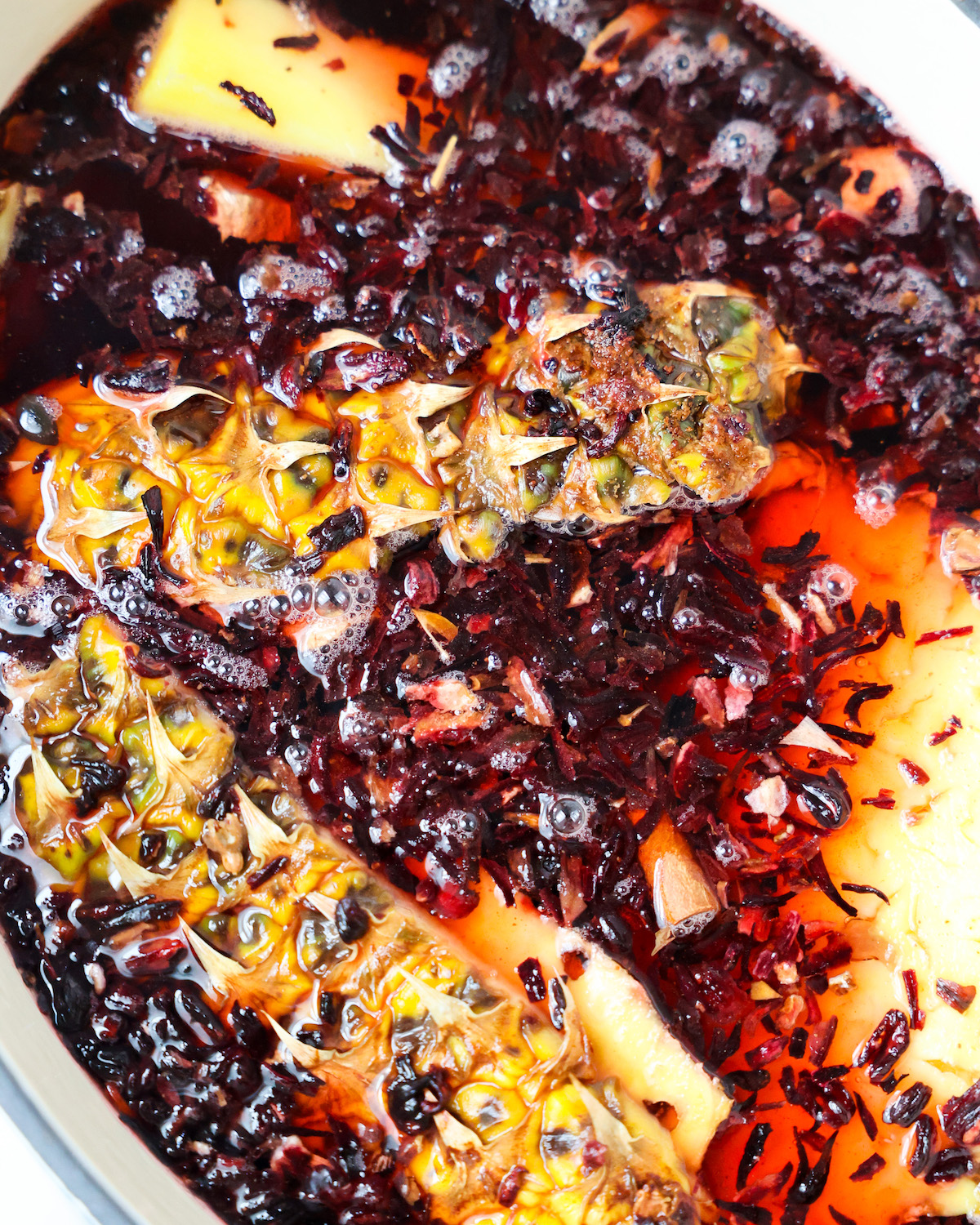
My recipe for pineapple rind tea is made with tart hibiscus flower, spicy ginger, warm cloves, and coconut sugar. The ingredients simmer together in a pot, so you can make this recipe while preparing other food and fill your kitchen with a wonderful aroma. I love that the recipe utilizes food scraps and can be customized with spices or other mix-ins! For more pineapple recipes, check out pineapple rose white sangria, energizing vegan smoothies, and avocado pineapple popsicles.
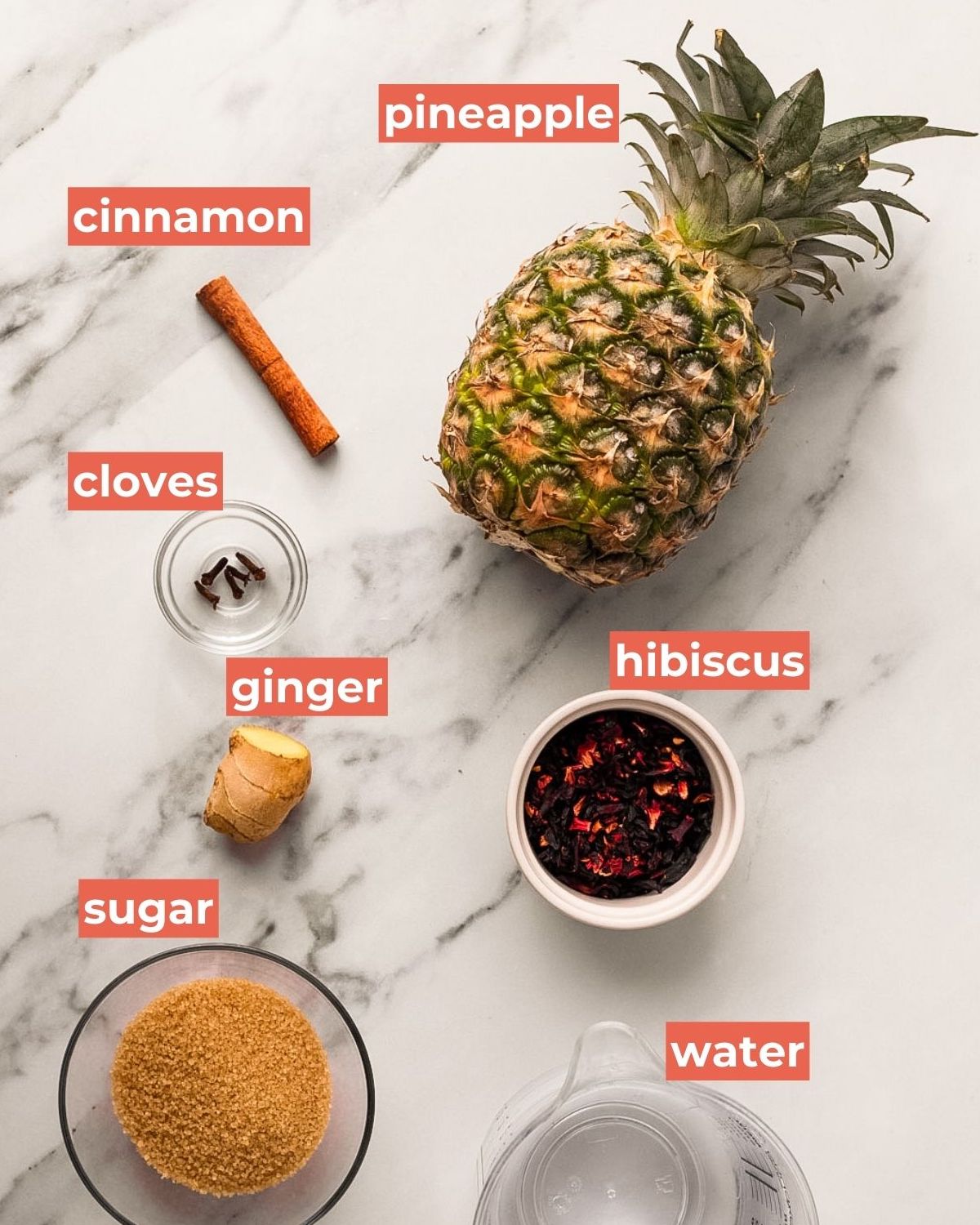
Ingredients
- Pineapple Core and Skin: Pineapple “scraps” are boiled along with the hibiscus and spices to impart a sweet fruity flavor to the drink.
- Hibiscus: Hibiscus leaves are a popular ingredient worldwide. They add red coloring and a tart, cranberry-like taste to the tea. Depending on where you buy this ingredient, it may be sold as red sorrel, agua de Jamaica, sour tea, Sudan tea, karkade, or lo-shen.
- Clove: Spices elevate the pineapple tea recipe and bring more depth of flavor. Use ground or whole cloves. If you don’t have clove, substitute cardamom, cinnamon, or star anise.
- Ginger: This ingredient brings some life and zing into this already delicious drink. I prefer to use fresh, not ground ginger for this pineapple ginger tea.
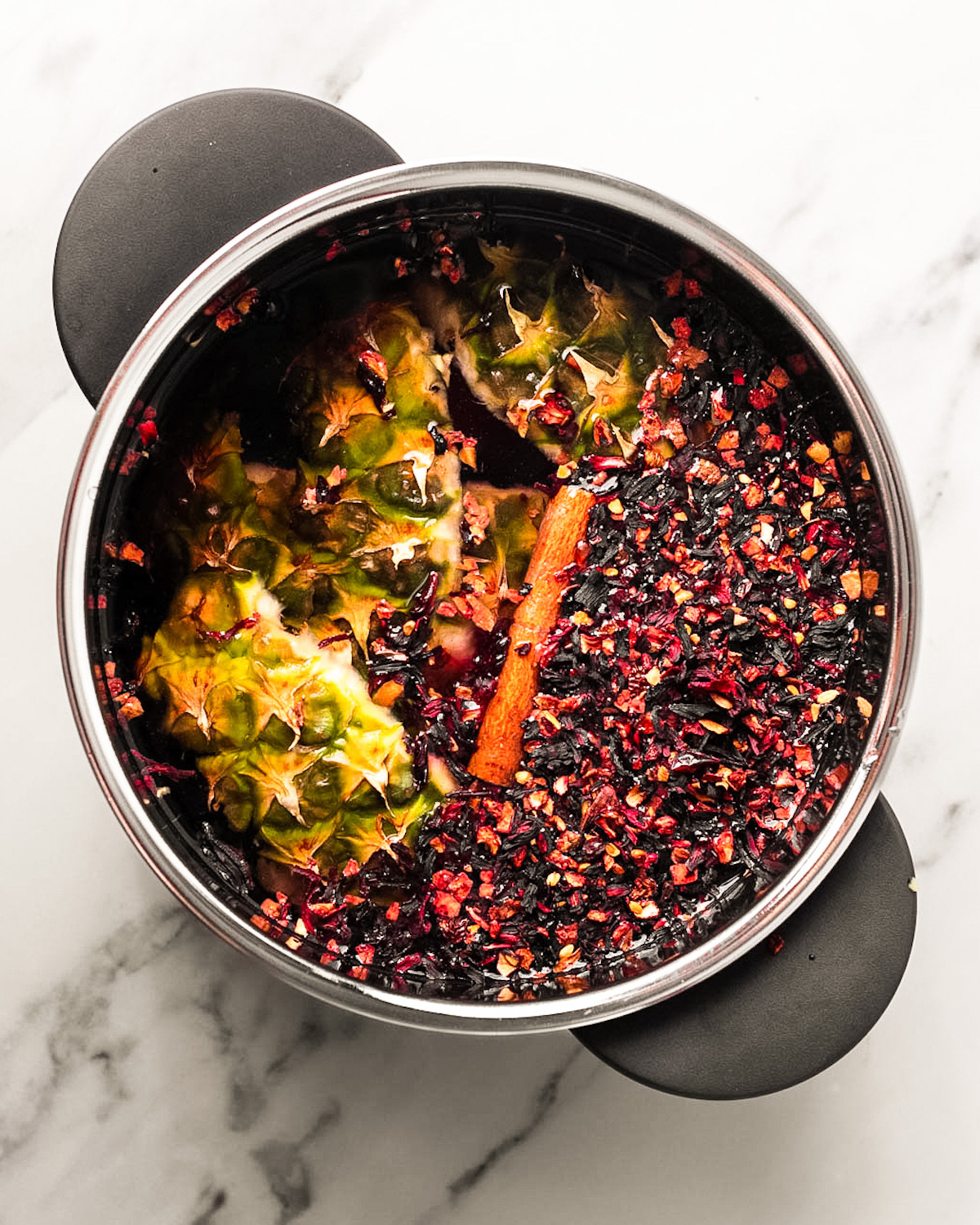
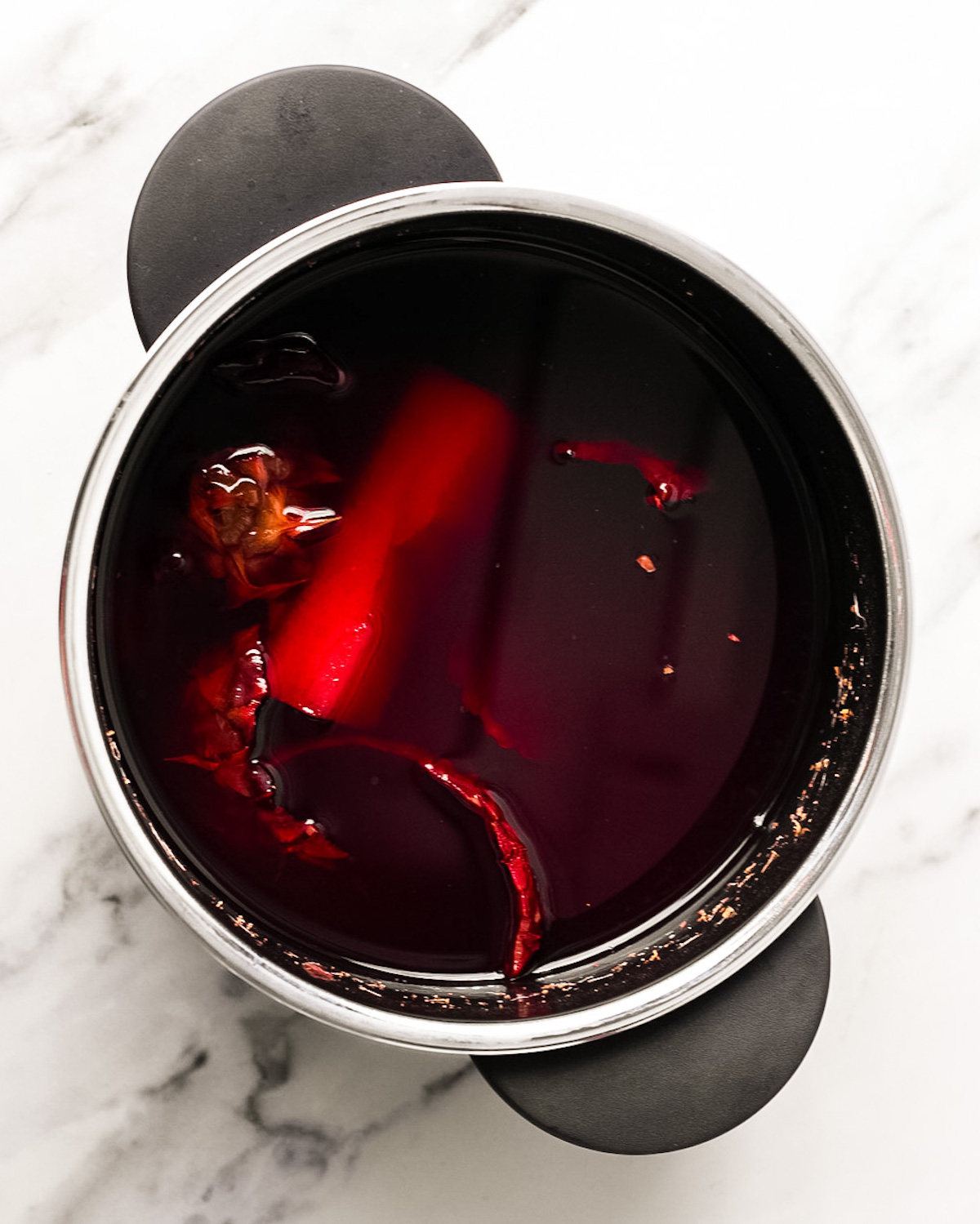
How to Make Pineapple Skin Tea
- Combine all ingredients. In a large pot, combine all ingredients.
- Heat the tea. Bring the tea to a boil over medium-high heat and then reduce to a simmer.
- Simmer for 60 minutes. Simmer uncovered for 45-60 minutes.
- Cool and strain. Remove the tea from the heat and allow it to cool until it is safe to handle. Strain the tea using a mesh strainer into a large pitcher or glass jar. If you plan to sweeten the tea, stir in the coconut sugar. Serve warm or over ice.
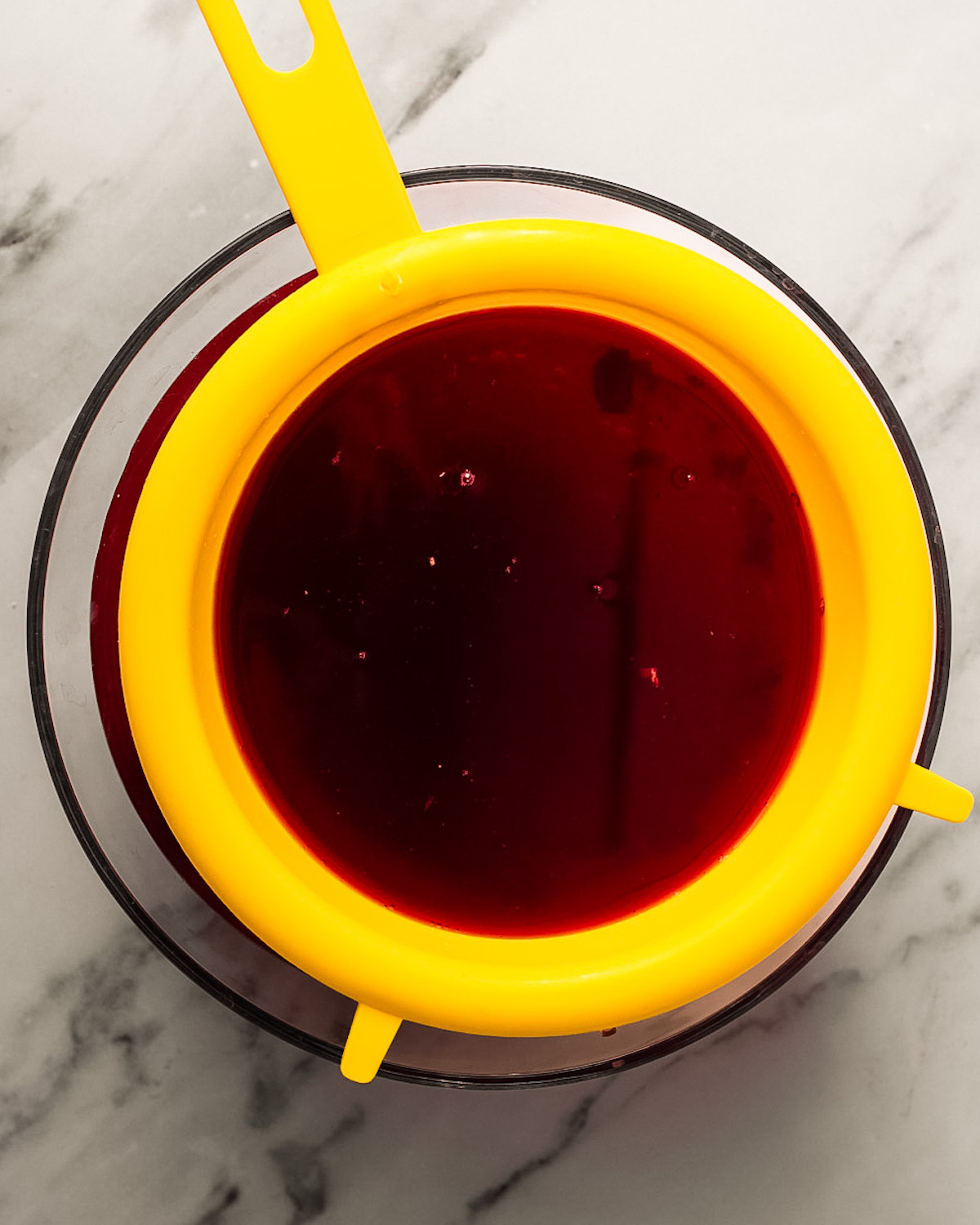
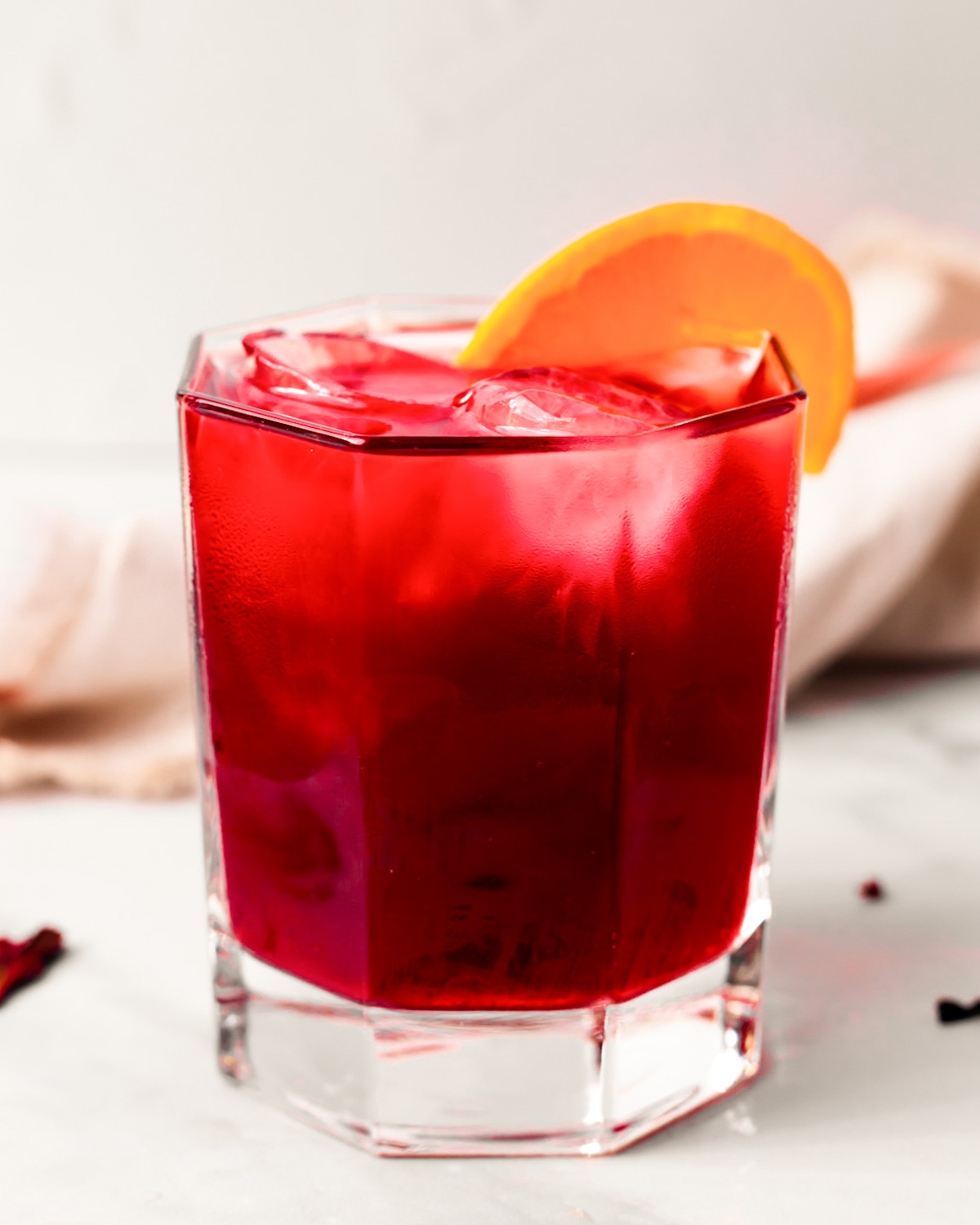
Recipe Pro-Tips
- Use a mesh strainer or cheesecloth. Don’t forget to strain the tea before serving, to remove the large pieces of pineapple and hibiscus. If you prefer a smoother sipping tea with fewer pieces of ginger or whole clove, use a large strainer to remove the fruit pieces and then pour the tea through cheesecloth to catch the spices.
- Freeze pineapple scraps along the way. Anytime you have pineapple peel, freeze them in a freezer-safe container for up to 3 months. This is a great way to store the scraps to use in the future or to gather a larger quantity of peel for doubling the recipe for a party.
- Simmer in a clear pot. You can make this recipe in any large pot, but a clear glass simmer saucepan or pot will show off the colors of this tea if you have one!
- Compost the used pineapple. After boiling and straining the tea, don’t toss the pineapple skin, add it to your compost!
- Store covered. To prevent the tea from taking on any flavors from other items in your fridge, store hibiscus pineapple tea in a jar with a lid or place plastic wrap over the top of an open pitcher.
- Stir the tea before serving. Some of the spices that weren’t strained may settle to the bottom as the tea sits, so stir it each time before serving for the best flavor.
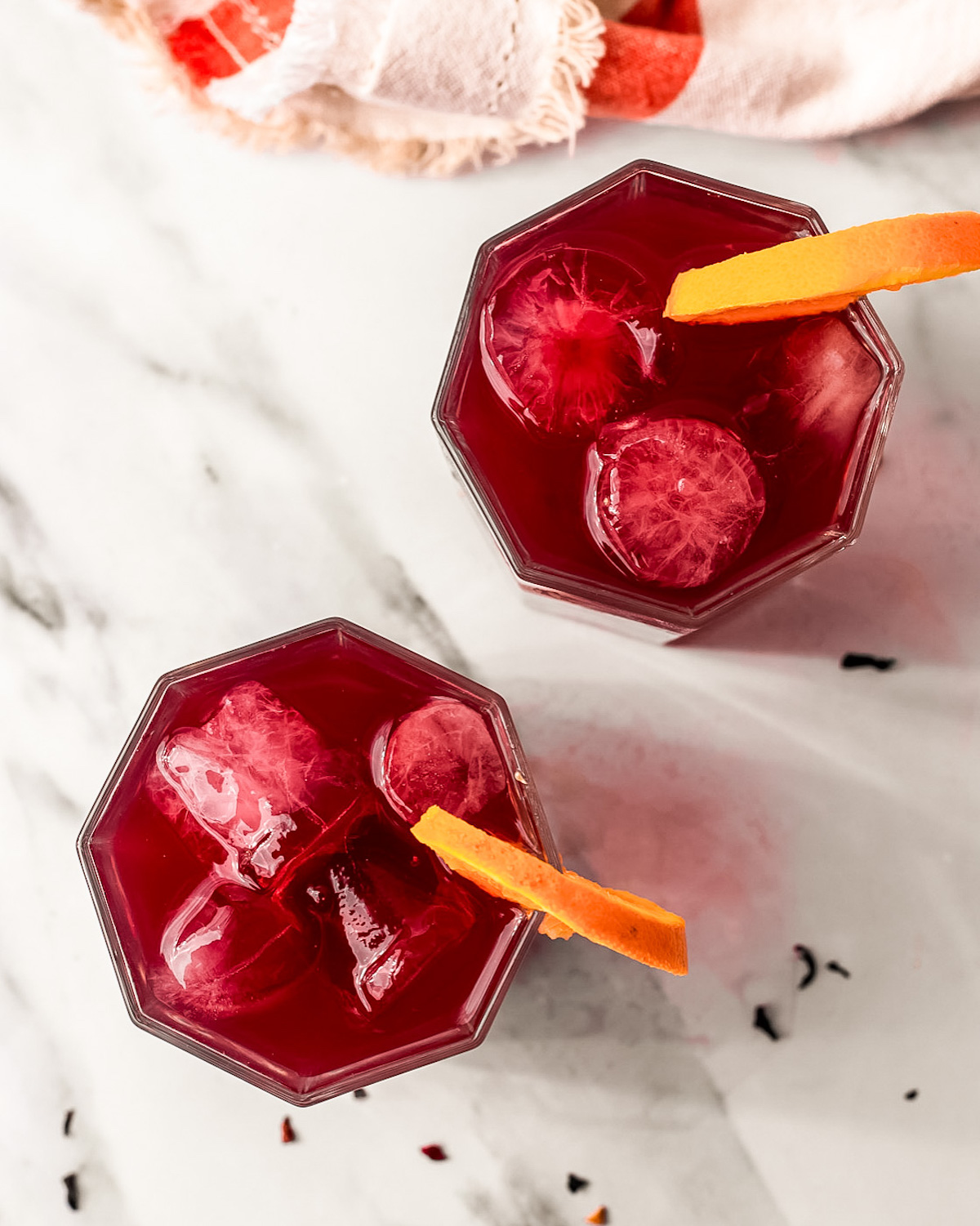
Recipe Variations
It is fun and simple to experiment and customize this tea based on your personal preferences or what you have on hand. Try varying this drink with other spices, food scraps, or mix-ins.
- Sweetener Alternatives: Sweeten the tea with brown sugar or maple syrup to vary the taste of this drink. Either can be used as a substitute for coconut sugar or added to individual glasses of tea before serving.
- Citrus: Add a splash of lemon or lime juice after simmering for a pop of citrus and additional tartness or zest or add leftover lemon or lime peel to the tea as it simmers.
- Cinnamon Pineapple Tea: Add 2-3 cinnamon sticks along with the other ingredients before cooking.
- Turmeric Tea: Add ½ teaspoon of freshly sliced turmeric roots or ground turmeric to pineapple hibiscus tea. This is a popular variation because turmeric has beneficial properties including fighting inflammation (source).
- Mix-ins. Add fresh mint, thyme, rosemary, or orange slices when serving. These mix-ins all add flavor as well as visual appeal!
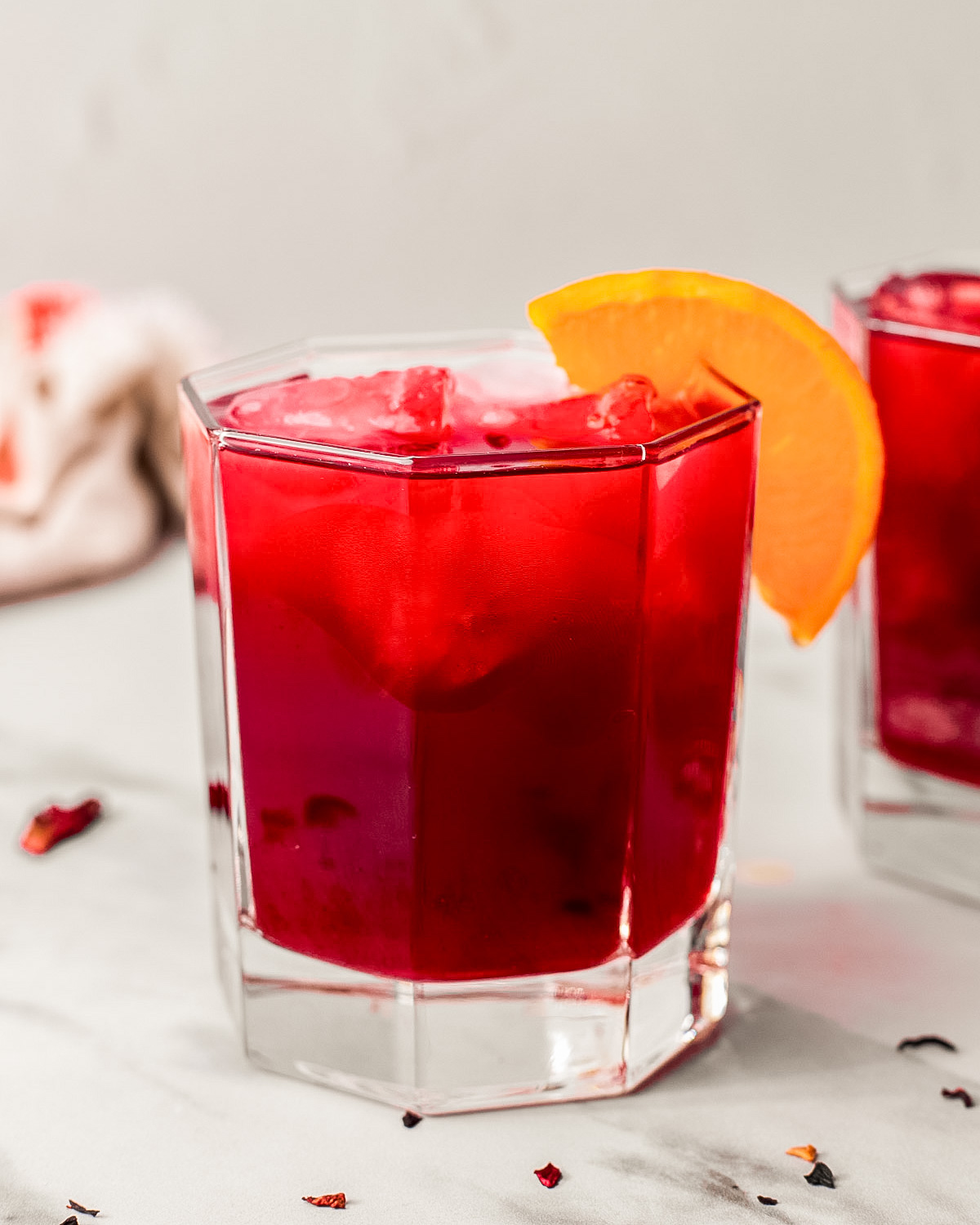
Serving Suggestions
Serve this drink hot or cold with or without sweetener.
- To start your day.
- Sip hot pineapple tea after dinner to help you relax.
- Garnish it with a slice of lime or lemon.
- Treat your guests to it as a cocktail alternative at a dinner party.
Storage Directions
Store the tea in a jar or pitcher in the refrigerator for up to one week. Serve the tea hot or cold. Reheat the tea in a saucepan on the stovetop or in the microwave on high heat.
Frequently Asked Questions
Use a vegetable brush to scrub the pineapple skin under running water to remove any debris before making ginger pineapple tea. This is easiest to do while the pineapple is still whole. You can also soak the pineapple in a large pot of water with 1-2 tablespoons of vinegar for about 20 minutes before rinsing and scrubbing.
Pineapple is rich in bromelain, an enzyme that supports healthy digestion and more (source). This enzyme is also responsible for the raw feeling you get on your tongue after eating lots of fresh pineapple. Boiling pineapple skin can break down the enzymes like bromelain, reducing its effectiveness. If you are looking into bromelain tea as a digestive aid try soaking it in room temperature water overnight or blending the core to make smoothies instead.
It’s simple to use pineapple skin to make an amazing ginger and pineapple tea. All you need to do is have washed pineapple skin, a large pot, water, and some spices! If you’re wondering how long to boil pineapple skin, you can make the tea in just 45-60 minutes. I’ve found that this amount of time infuses the water with lots of flavor, but is not so long that the pineapple completely breaks down, making it hard to strain out.
More Refreshing Beverage Recipes
- Apple Nutmeg Cocktail
- Hibiscus Elderberry Ginger Tea
- Watermelon Smoothie
- Delicious Anti-Inflammatory Turmeric Latte
- Strawberry Rose Bramble Gin Cocktail
Save now, cook later.

Hibiscus Pineapple Skin Tea
Video
Ingredients
- ½ cup dried hibiscus flowers
- 1 ½ tsp ground cloves, or 5 whole cloves
- ½ cup coconut sugar
- 1 skin and core of 1 whole ripe pineapple, skin should be thoroughly washed
- 10 cups water
- 1 inch fresh ginger, peeled and chopped
- 1 stick of cinnamon
- 1/2 tsp ground turmeric, optional
Instructions
- Place all of the ingredients in a large pot.
- Bring the mixture to a boil over high heat. Reduce the heat to low and lower the tea mixture to a simmer.
- Place a lid on the pot and continue to simmer for 45-60 minutes.
- Remove the pot from the heat. Let the tea cool at room temperature until safe enough to strain.
- Strain the team into a pitcher or large jar. Stir in the coconut sugar and add more to taste, if desired. Serve the tea warm or over ice.
Notes
- Use a mesh strainer or cheesecloth. Don’t forget to strain the tea before serving, to remove the large pieces of pineapple and hibiscus. If you prefer a smoother sipping tea with fewer pieces of ginger or whole clove, use a large strainer to remove the fruit pieces and then pour the tea through cheesecloth to catch the spices.
- Freeze pineapple scraps along the way. Anytime you have pineapple peel, you can store it in a freezer-safe container and freeze it for up to 3 months. This is a great way to store the scraps to use in the future or to gather a larger quantity of peel for doubling the recipe for a party.
- Simmer in a clear pot. You can make this recipe in any large pot, but a clear glass simmer saucepan or pot will show off the colors of this tea if you have one!
- Compost the used pineapple. After boiling and straining the tea, don’t toss the pineapple skin, add it to your compost!
- Store covered. To prevent the tea from taking on any flavors from other items in your fridge, store hibiscus pineapple tea in a jar with a lid or place plastic wrap over the top of an open pitcher.
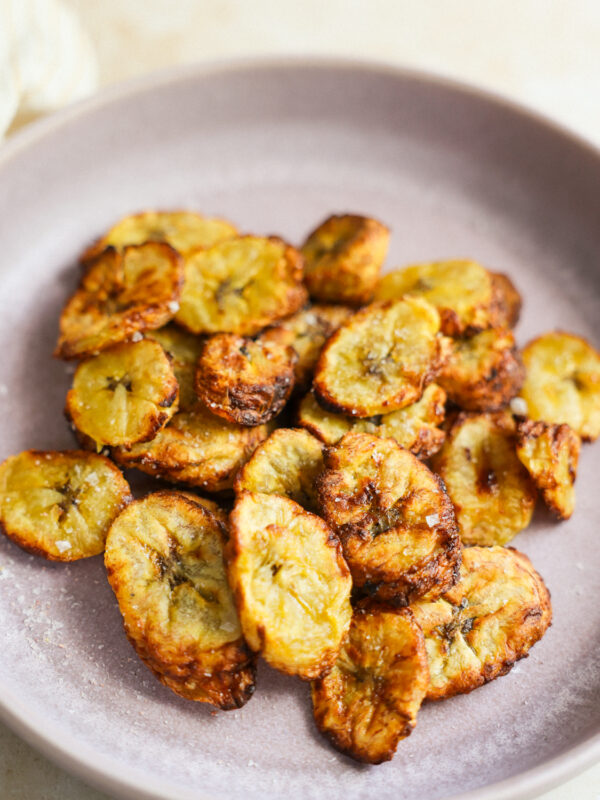
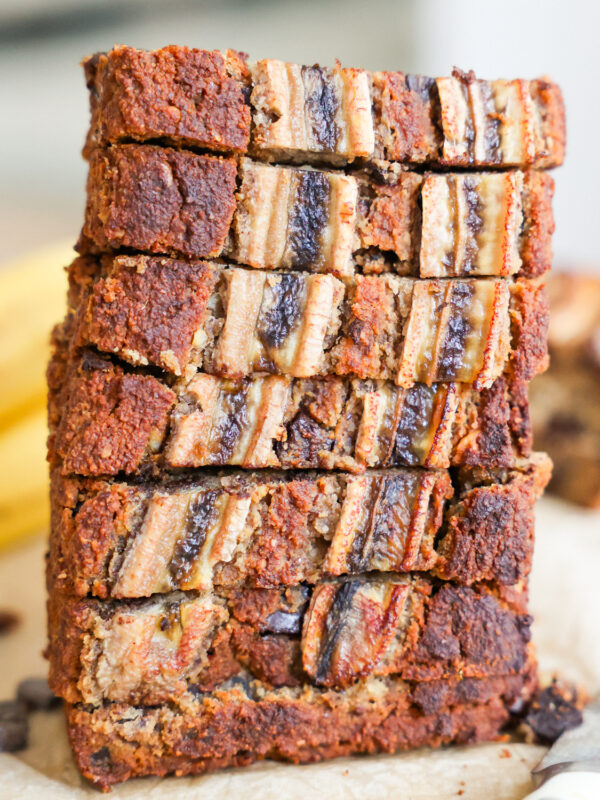








In the digital era, where online presence is paramount for business success, mastering the intricacies of digital marketing has become essential. Amidst the vibrant city of Mohali, Solutions1313 emerges as a trailblazer, offering the premier digital marketing course tailored to empower individuals with the skills and knowledge needed to excel in the digital landscape. Let’s explore what sets Solutions1313 apart and why it’s the top choice for aspiring digital marketers in Mohali.
MetaMask is a browser extension simplifying digital transactions. Compatible with popular browsers, it provides a secure gateway for managing assets, interacting with DApps, and connecting to various blockchain networks.
MetaMask Chrome Extension simplifies cryptocurrency management. With a user-friendly interface, it securely connects to blockchain networks, allowing smooth interactions with DApps.
Bromelain denatures at temperatures above 70C. If you boil pineapple you lose all the bromelain.
Make this diffferently each time. I add in 4 bags of raspberry hibiscus tea. I clean the pineapple first with 3-4 tablespoons of baking soda in a bowl of fresh water and soak the fruit for 15 mins then rinse. Did 1/2 tsp of cinnamon, cardamom, ginger, and tumeric. I do add a bit less than 1/3 c. of sugar, and this is delicious iced. And I strain it too. Fun recipe.
I love this tea. Thanks for the recipe. I made pineapple skin tea before but never thought to add hibiscus to it. Will make whenever I have fresh pineapple.
The Hibiscus Pineapple Skin Tea was surprisingly refreshing, fruity and light.
I prefer drinking it hot or warm. The tea was also pretty good over ice and no additional sugar was necessary.
The recipe was easy to follow and it is great use of the pineapple skins.
The hot tea actually taste like a lighter version of the German wine called Gluvine.
I will definitely make this tea again and share with family.